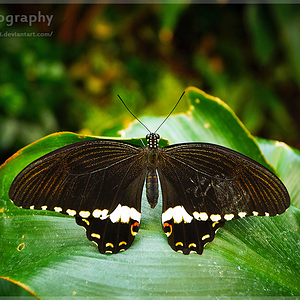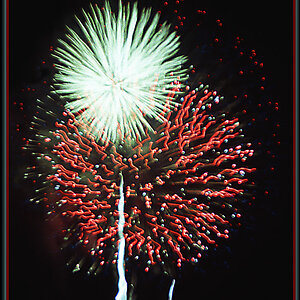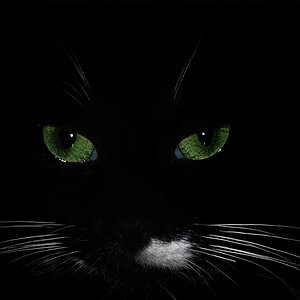dxqcanada
Been spending a lot of time on here!
- Joined
- Dec 4, 2008
- Messages
- 7,821
- Reaction score
- 1,673
- Location
- Woodbridge, Ontario, Canada
- Can others edit my Photos
- Photos OK to edit
Ok, I recently got a hold of an Olympus SLR.
I've always wanted an OM-4T even though I have never held one in my hand. I knew about the Olympus cameras, momentary dealt with them from customers. and through all the info my Olympus reps used to give us (sadly we never stocked their SLR equipment).
Now I have an OM-2 ... and I am impressed.
It's tiny compared to the Canon F-1 sitting beside it, even the Nikon FE ... but it isn't compromised by it. Now I really want an OM-4T.

Olympus OM-2 MD by Dennis, on Flickr
I've always wanted an OM-4T even though I have never held one in my hand. I knew about the Olympus cameras, momentary dealt with them from customers. and through all the info my Olympus reps used to give us (sadly we never stocked their SLR equipment).
Now I have an OM-2 ... and I am impressed.
It's tiny compared to the Canon F-1 sitting beside it, even the Nikon FE ... but it isn't compromised by it. Now I really want an OM-4T.

Olympus OM-2 MD by Dennis, on Flickr




![[No title]](/data/xfmg/thumbnail/39/39291-a89dc472765e04f66f617dd9acc8030d.jpg?1619738958)

![[No title]](/data/xfmg/thumbnail/39/39292-4169a355b794ae9735845c4ad45d06ff.jpg?1619738958)
![[No title]](/data/xfmg/thumbnail/31/31977-2b717e032201241cbeae8226af23eba4.jpg?1619735136)


![[No title]](/data/xfmg/thumbnail/31/31980-e5048a424621c7b3cd0d306d63c09d67.jpg?1619735137)


![[No title]](/data/xfmg/thumbnail/37/37660-eb4529b6ea38a042c4e9b64866178d7b.jpg?1619738174)